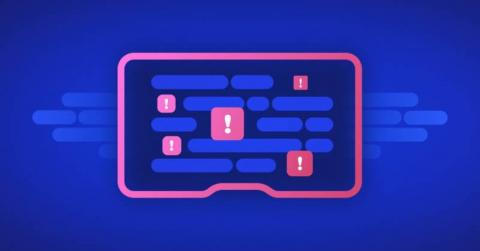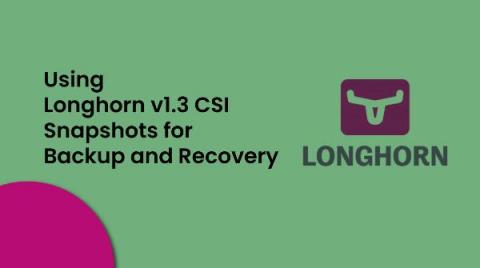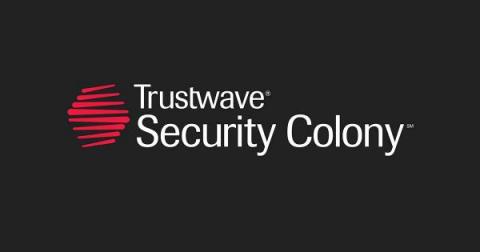Agentless vs. Agent-based FIM: Which One to Choose?
Malware attacks are escalating. For example, there were 57 million IoT malware attacks in the first half of 2022, a staggering 77% increase year to date. Unfortunately, traditional signature-based antivirus and sand-boxing technologies are insufficient against today’s sophisticated attacks. In particular, advanced persistent threat (APT) viruses, Trojan malware and zero-day malware often evade these defenses.










